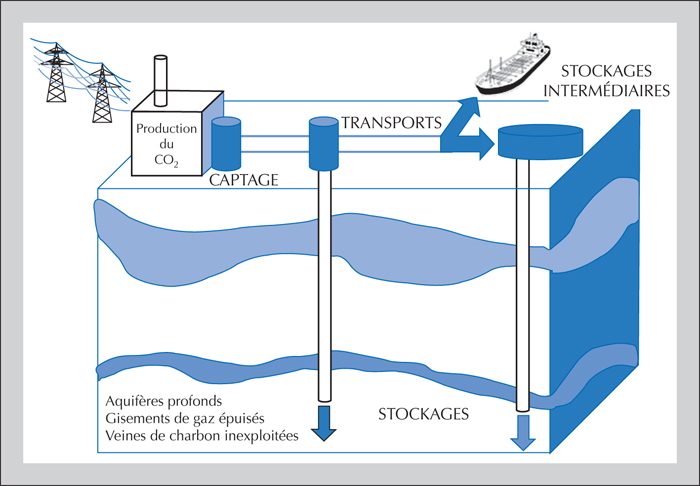Environnement, Risques & Santé
MENUCarbon dioxide capture and geological storage: Utility and health risk assessment Volume 13, issue 5, September-October 2014
UMR 8079 CNRS-AgroParisTech
Groupe Santé publique-environnement
5, rue Jean-Baptiste Clément
92290 Chatenay-Malabry
France
- Key words: carbon dioxide, carbon sequestration, climate change, greenhouse effect, public health
- DOI : 10.1684/ers.2014.0726
- Page(s) : 398-404
- Published in: 2014
Carbon dioxide (CO2) capture and geological storage (CCS) can play a key role in the fight against climate change caused by excessive atmospheric emissions of greenhouse gases. CCS can greatly reduce CO2 emissions from major stationary industrial sources (such as power plants and steel mills), which account for over one third of global emissions annually. Our health risk assessment based on a virtual model of CCS produced hypothetical scenarios of exposure to various hazards. At the capture step, the main danger is the presence of ancillary substances potentially toxic to people and the environment. At the transport step, flux leakage outside the pipelines is the main hazard. Finally, the risks at the geological storage step are linked to the danger of moderate to major flux leakage out of the storage tank or during injection. Proposed steps towards the development of corrective measures include improving knowledge of ancillary substances, gas heterogeneity in the pipeline transport and remobilization of trace metal elements in the reservoir rock, etc.


